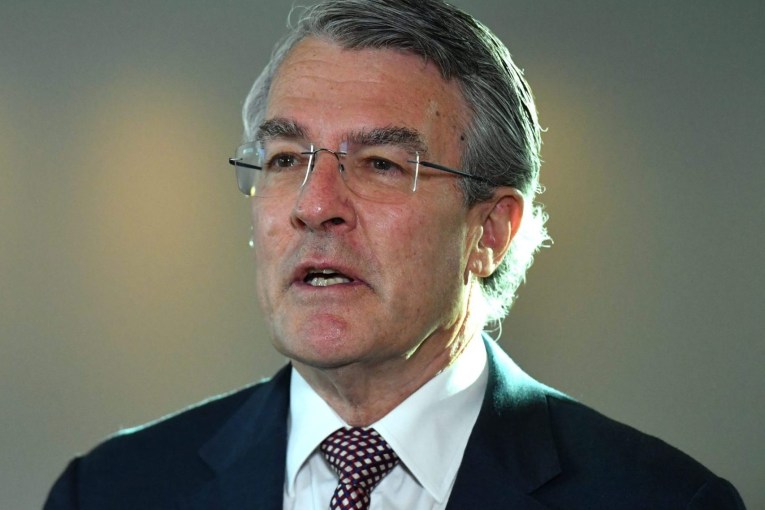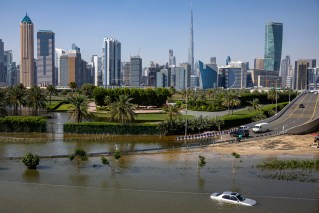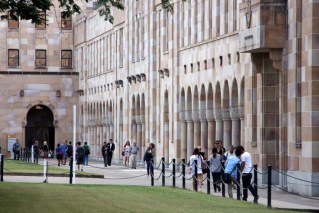Big smoke to tree change: Smart way for bush cities to attract new residents
There are fresh calls for a more coherent policy response to the rising popularity of regional Australia as a place to live after new research showed towns and cities outside major capitals should draw on their existing strengths to attract people.


A report using research by the University of Sydney and Harvard University says the most successful regional centres had a common set of attributes like closeness to capital cities or natural transport hubs.
Most also were already services and administration centres for industries like health, education or government.
The report, compiled by Australia’s top urban affairs think tank, the Australian Housing and Urban Research Institute or AHURI, warns against trying to encourage growth by bolting on individual industry support, particularly if the industry sector is vulnerable to automation.
It said an important feature of regional policy should be setting concrete targets for balanced housing and job development and employing a diversity of economic strategies “rather than a single ‘silver bullet’ or iconic item of infrastructure”.
And it said local councils in the regions would do better for their communities through collaborating rather than competing for the infrastructure development funding that was on offer.
There is potential to better support regional areas through strategies which recognise their unique place-based identity and governance,” the report said.
“Strategies to foster regional collaboration rather than competition would reduce the administrative burdens for local councils.”
One the report’s authors, University of Sydney’s Professor Nicole Gurran, said in those regional centres doing well, the largest industry sectors in terms of employment were heath care and social assistance followed by either retail or education.
‘A clear message to emerge is that population and economic growth are not on their own sufficient to drive sustainable and balanced employment outcomes, and that ‘success’ should be measured more broadly, by also looking into liveability, environmental impacts and the social impacts of growth,’ she said.
The researchers examined several “case study” regional cities regarded as “exemplar cases of economic development, ranging from Toowoomba to Cambridge and Dundee in the UK.
While no centre was universally successful and each had their problems, all offered insights into how the regions could take advantage of an accelerating shift away from big city living.
While that shift has been supercharged by the COVID-19 pandemic, concerns over urban congestion and housing affordability had already given it momentum in Australia.












